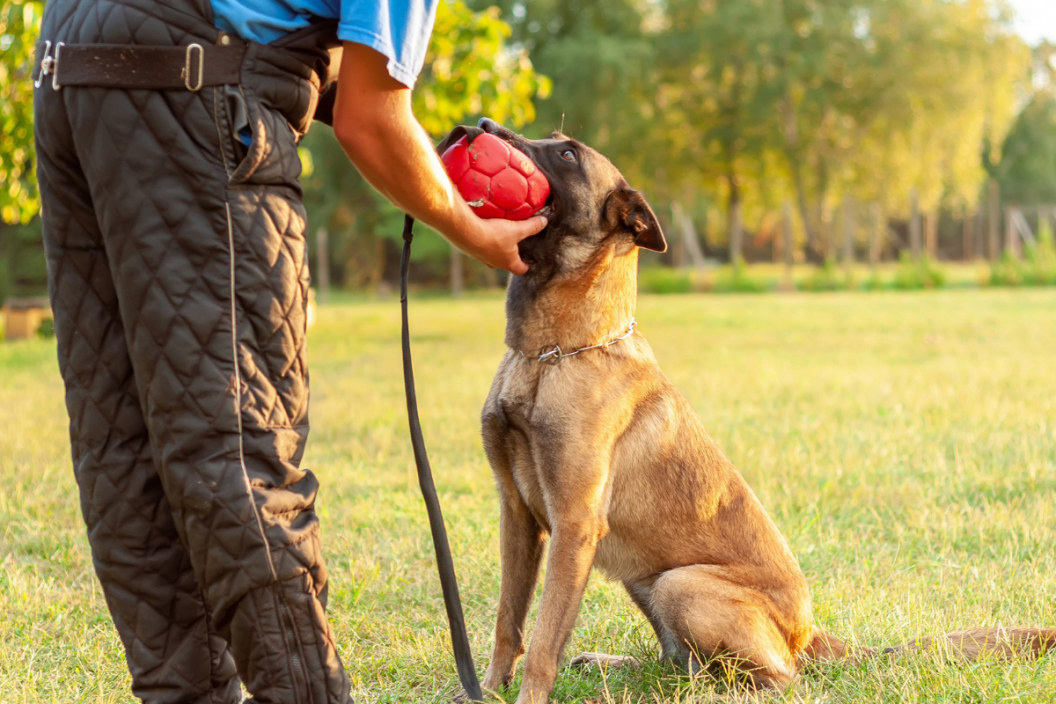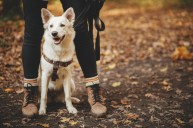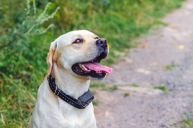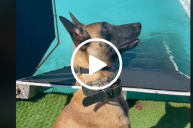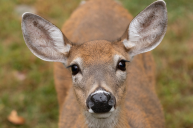When living with a high-energy breed like the Belgian Malinois, successful training early on is key!
Considering a Belgian Malinois and preparing for everything this breed throws at you? Maybe you already brought them home and you're noticing a few undesirable behaviors arising? Even if you're still learning the nine types of dog training, there are a few specific tactics that Belgian Malinois respond to best. Before we dive into the details of the best training methods to use, we must understand our dogs and why these tactics work best.
Belgian Malinois are very strong-willed and determined — Once they decide to do something, they will do it. Another common trait of the Belgian Malinois is they are emotional, putting a ton of focused passion into everything they do, and they vividly express their feelings. Typically, the breed shows emotion by vocalizing (barking, howling, whining, etc.) or getting mouthy. Because these traits can lead to unwanted behaviors if not properly controlled early on, Belgian Malinois perform best with clear, effective, and firm training methods.
These are a few of my preferred tactics and some ways you can implement them into your everyday training.
Positive Reinforcement
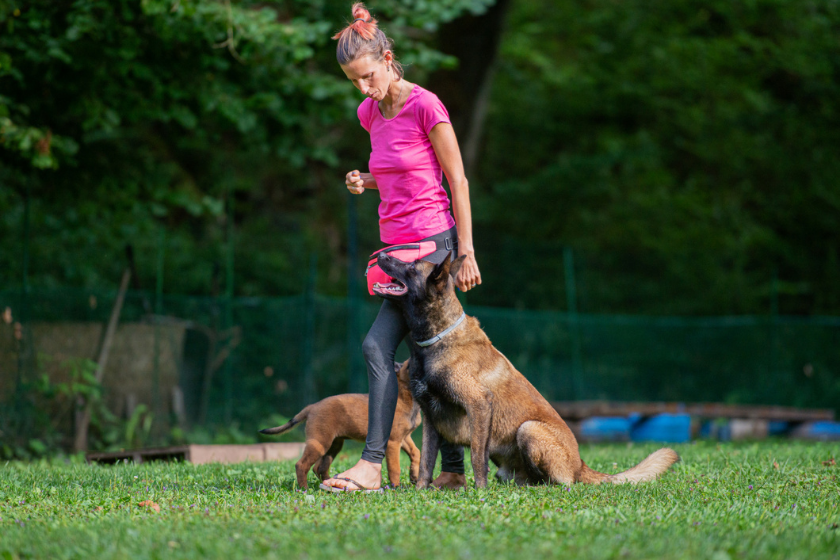
Positive reinforcement is a method of obedience training in which you give your dog something they like to increase the likelihood they will perform the behavior again. For example, you give your dog a treat every time they sit. After repeating this several times and being consistent in your commands, your dog realizes they get something good (a treat) in return. Your dog will perform the command more often, hoping to receive the reward, and eventually understand this as good behavior when you ultimately phase out treats. Positive reinforcement training is the best method to use when teaching your dog something new or assigning a word to a specific behavior. Dogs trained with positive reinforcement are eager to learn and excited to perform praised behaviors. After all, who wouldn't want to learn when fun rewards are involved?
This is a great method to use for Belgian Malinois training because it induces enthusiasm to learn. As mentioned before, Malinois are very emotional dogs. Positive reinforcement provokes the best emotions (excitement, eagerness, interest, joy), making training even more enjoyable for both you and your dog.
Clicker Training
Clicker training goes hand-in-hand with positive reinforcement. When using clicker training, you mark a behavior with a clicker, distinctive sound, or specific word. By marking the behavior, you are communicating to your dog that what they did was good. For example, your dog sits; as soon as they respond, you mark with a "click" and reward them with a treat (or something they value). Similarly, the word "yes" can be the marker. Regardless of how you mark the behavior, timing of the marker is extremely important as you want to mark your dog's behavior the moment it happens. After many repetitions, your dog will realize that they are getting rewarded for their bottom touching the ground, if teaching a proper sit is your goal.
Clicker training speeds up the puppy training process and makes teaching complex behaviors relatively easy, which is great for training intelligent dog breeds like the Belgian Malinois. It also creates a clear communication between you and your dog. This is important when it comes to the Malinois because they can get frustrated easily and quickly oppose training.
Negative Reinforcement
When using negative reinforcement training, you remove something aversive or undesirable to increase the likelihood your dog performs that behavior again. For example, you apply pressure on the leash to get your dog to sit; right when your dog's bottom touches the ground, you release the pressure. Your dog realizes that when they sit, the undesirable stimulus (the leash pressure) is relieved. The likelihood of them sitting again is increased because they will perform the behavior to remove the leash's pressure.
Negative reinforcement is best used to strengthen a behavior your dog already knows, rather than introducing something brand new. This method is great for the Belgian Malinois because it acts as a firm reminder, which is sometimes needed when you have an outgoing and high-energy dog.
Perhaps equally as important as the type of training is where and with whom your Belgian Malinois puppy will be learning. Next, we dive into what an ideal environment should be for your training sessions.
Group vs Solo Training
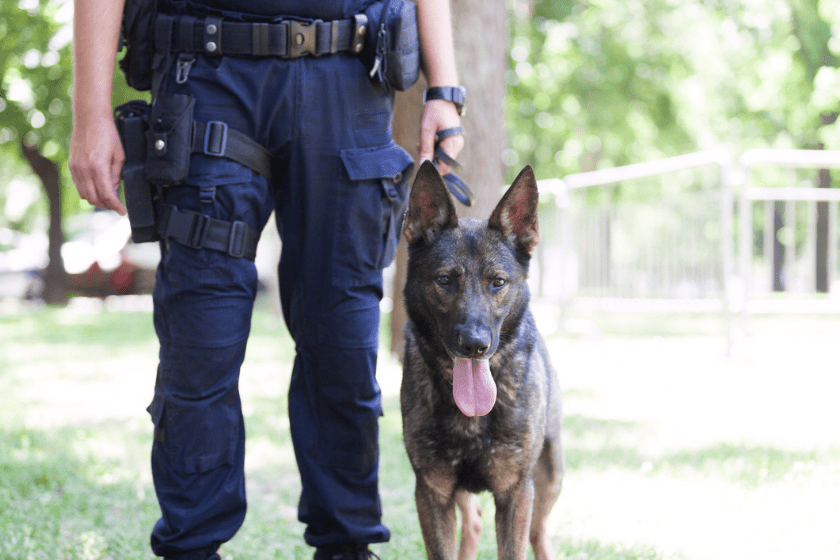
Group Training
Group training happens where multiple dog owners get together to train, oftentimes led by a professional dog trainer. While group training can be very beneficial for your Belgian Malinois, it isn't something you should take part in every day.
Here are some pros and cons of group training with your Malinois:
Pros:
- This controlled socialization is perfect for a young, growing Belgian Malinois.
- Training around other dogs and pet owners helps your Belgian Malinois learn to focus on you when outside factors are present.
- Group training builds trust between you and your Malinois — Your dog must learn to trust that you can make safe decisions while around other humans and dogs. This can be very important to your dog as you build a positive relationship together.
Cons:
- Belgian Malinois are very energetic and playful, so they can be easily distracted by other dogs in the group and try to play. While this is a con to group training, each moment gives you an opportunity to build your dog's skills, obedience and attention.
- You might compare your dog's progress and skill level to the other dogs in the group, perhaps leading to frustration and rushing your dog's training. With this added pressure, training may soon become unenjoyable for both of you.
- If your Malinois isn't dog- or people-friendly, group training isn't be your best option as these sessions could prove to be unproductive.
Solo Training
Simply put, solo training is when you train your dog alone, and it is the type of training you should be doing every day with your Belgian Malinois. It allows you to work on your relationship, and training alone also allows you both to focus on each other and nothing else.
These are the most effective tactics to use when training your Belgian Malinois. By implementing these methods into your training, you are on the route to a successful and well-behaved friend for life!
Living with a Belgian Malinois? Share them with our Instagram for a chance to be featured!
